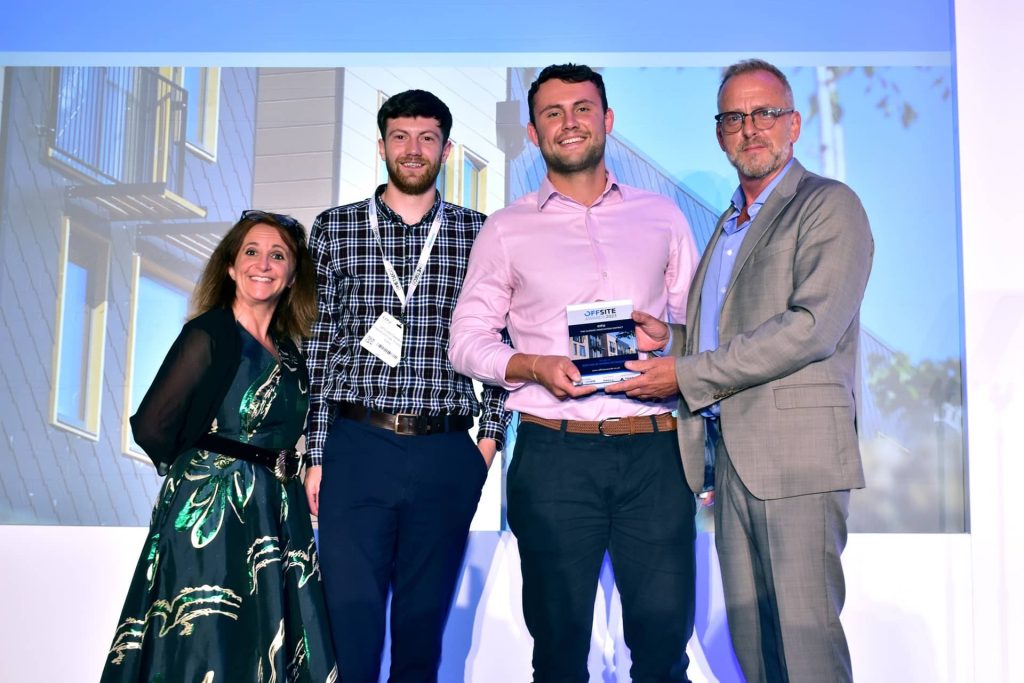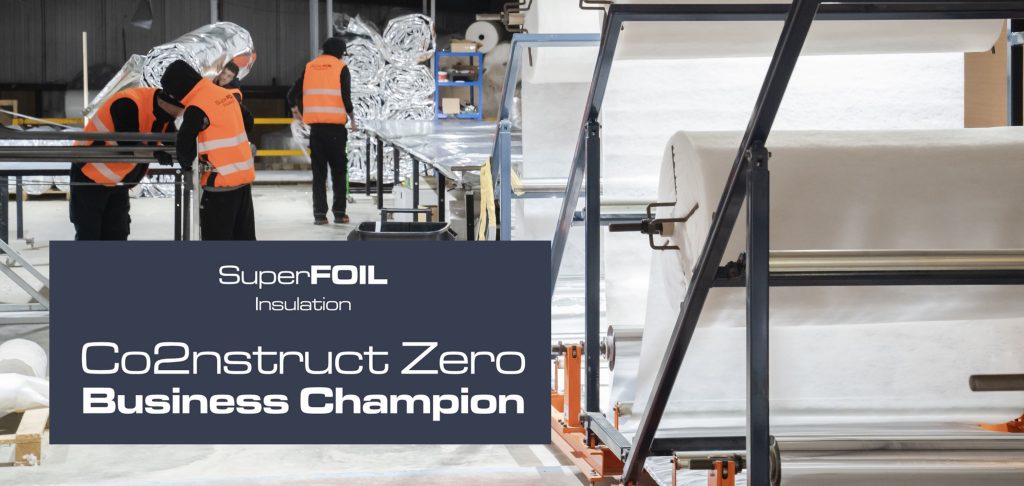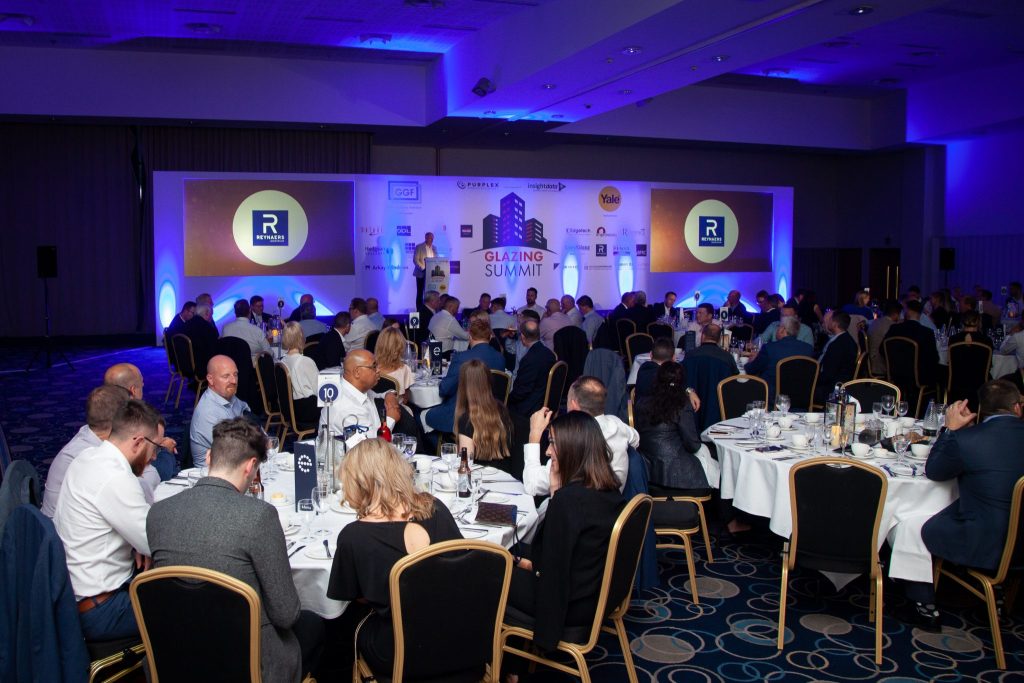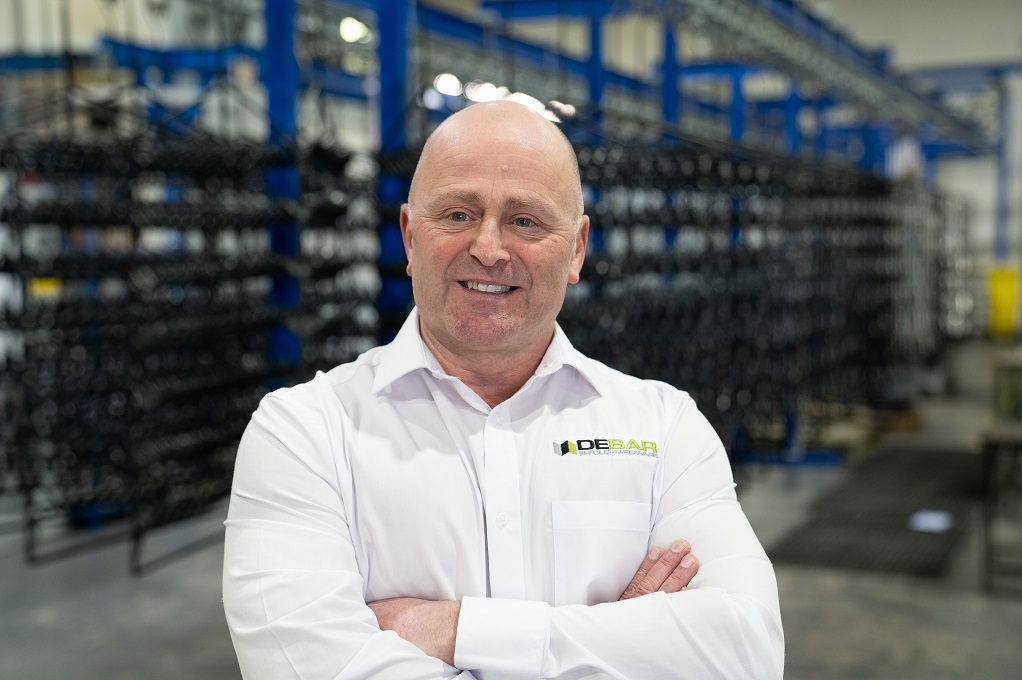Intelligent washroom control
 You only have to look at the growth in rainwater harvesting and water recycling in newer developments to see that building designers, not to mention facilities managers, are taking the conservation of this precious resource more seriously.
You only have to look at the growth in rainwater harvesting and water recycling in newer developments to see that building designers, not to mention facilities managers, are taking the conservation of this precious resource more seriously.
The reasons are many. Infrastructure costs, regulation, health and safety, sustainability, having a conscience, the cost of water itself, related energy bills, convenience for the end-user. Some or all of these are playing their part in the decision-making.
Research shows the average office worker is responsible for the consumption of 50 litres of water each normal working day. Multiply this across a business and the quantities and costs are considerable. And that’s not forgetting the major issue of water safety.
For today’s washrooms it is not just a case of upgrading an existing system that has seen better times. Technology and innovation are continuing their un-ending advance to deliver not only more effective usage but also new benefits and opportunities.
It is no longer just about ensuring the effective supply of healthy water. The march of the ‘Internet of Things’ is giving rise to new services, such as real-time monitoring, sophisticated data gathering, and now ‘machine learning’ with fault prediction and prevention.
This changing landscape is having an impact on the water management sector. Companies relying on the traditional ‘tried and tested’ practices will need to adapt or be left behind. Businesses need to evolve to incorporate systems that are not just about water saving in hygienic washrooms, but also incorporate the efficient and safe transport of water outside of this and across the whole building. But first let’s look at the options within the washroom.
 Industry standard
Industry standard
The hydraulic valve. This is an automatic, purely mechanical method of controlling the supply of water to a urinal, one that has been an industry standard for 40 years.
The valve, normally in the closed position, uses a simple, patented mechanism that prevents waste by ensuring an auto-flush cistern is only filled, and can only flush, when the washroom is used. It is activated by short-term pressure drops created by the use of taps or WCs on the same supply.
For more advanced control an infrared urinal flush control valve (IRC) can be used. When the passive infrared (PIR) sensor in the IRC detects movement in the washroom a pulse from the sensor opens the normally-closed solenoid valve and water flows to the cistern.
Both methods meet the requirement within the Water Regulations that a control system must be in place to stop waste.
At the next level is a mains-fed direct flush unit that senses occupancy and automatically flushes an individual urinal after use, ensuring the highest level of hygiene and minimum volume of water.
Direct flushing removes the need for an auto-flush cistern and associated plumbing, which is found in older, more traditional installations.
For WC flushing, the toilet handle is gradually being consigned to history, once more by an infrared sensor. Suitable for both cistern-reliant and direct, cistern-free systems, these are programmable in a variety of ways, giving full control over the volume of water used and whether it is operated with a wave of the hand or by simply standing up and walking away.
At a higher level still is the intelligent washroom control that saves energy as well as water.
Healthy water
Healthy water is important in any building. But perhaps, nowhere more so than in large complexes such as hospitals and universities. This is where the Internet of Things can bring about a revolution in water management.
Facilities managers, conscious of the need to guard against conditions that might lead to an outbreak of legionella, will typically employ someone to carry out periodic manual checks.
This would see that person literally turning taps on and off in washrooms to check the water isn’t at temperatures likely to stimulate the breeding of harmful bacteria.
Not only is this costly and infrequent, it relies on the human element to record the results. Even electronic systems require manual temperature checks and someone accurately analysing the data.
Using IoT technology it is now possible to have real-time monitoring across large and complex water systems with a temperature reading taken at multiple points every 10 seconds.
While this generates huge amounts of data stored within a ‘cloud’ database, an alarm is only raised when water temperature or flow are outside defined parameters.
With a manual system there is a high risk of failure to detect legionella because sporadic checks will not highlight a trend over time during which bacteria might spread.
With IoT, detailed analysis is carried out without manual intervention, generating reports to meet compliance requirements.
Other benefits
Using IoT for monitoring can have additional benefits such as testing how efficient a system is at transferring hot water and therefore combating energy wasted through heat loss.
If there is a difference between the temperature at the boiler and at the tap then this will suggest that better cladding is needed or possibly that the supply should be re-routed.
Looking to the future, the same technology can be used to monitor changes in pressure, which would suggest a leak in the system. Add in monitoring for vibration and humidity and you start to build a bigger picture.
With all this information it will become possible to forecast and therefore prevent failures. By putting in thresholds we can proactively manage a situation before it becomes critical.
Monitoring in isolation is useful but make it comprehensive and we should be able to predict failure months in advance.
Intelligent systems will in many ways shape the washrooms of the future, delivering more efficient water usage, reducing energy consumption, minimising health risks and preventing costly and inconvenient failures.




















